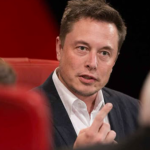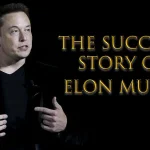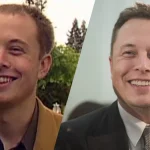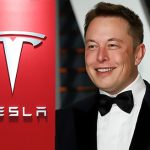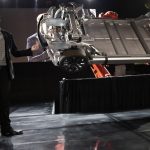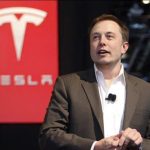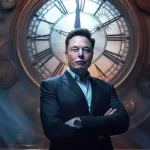Elon Musk’s The Boring Company: A Revolution in Urban Infrastructure 🏙️
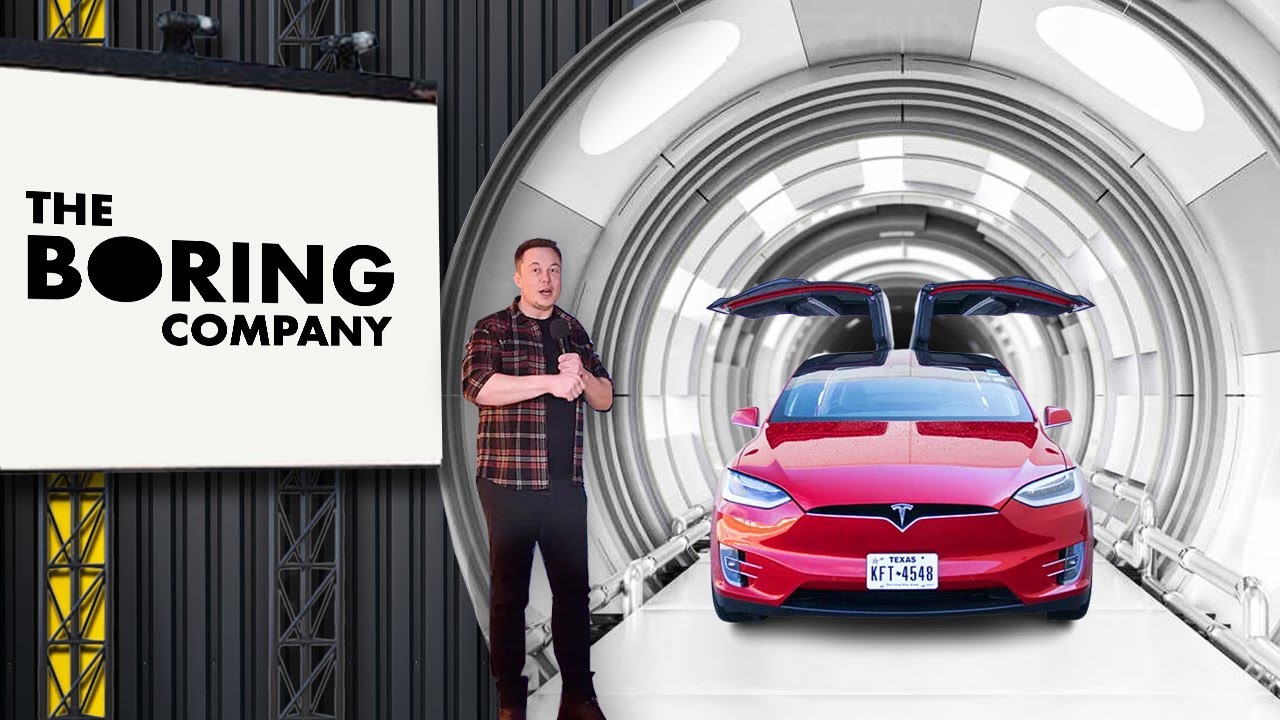
Elon Musk’s The Boring Company: A Revolution in Urban Infrastructure 🏙️
As urban sprawl chokes cities worldwide with gridlock, Elon Musk and The Boring Company (TBC) have emerged as a daring antidote—a visionary force tunneling toward a less congested, more efficient future. Launched in 2016, TBC isn’t just dreaming up solutions; it’s digging them into reality with advanced “tunnel boring” technology and underground transit systems. By March 31, 2025, Musk’s brainchild is no longer a quirky side hustle—it’s a growing player in urban infrastructure, promising to unclog streets, cut emissions, and redefine how we move. How does TBC tackle the chaos of traffic? What tech powers its vision? And what’s next for this subterranean revolution? Let’s dive into the depths of Musk’s boldest venture yet and unearth its potential to transform our cities.
Addressing Traffic Congestion: A New Approach 🌐
Traffic congestion is a global plague—hours lost, economies strained, air fouled. The World Economic Forum pegs U.S. traffic costs at $305 billion annually—wasted fuel, late deliveries, frazzled nerves. In Los Angeles, drivers spend 119 hours yearly in jams, per INRIX 2024; globally, urban CO2 emissions from vehicles hit 3 billion tons. Surface fixes—wider roads, more lanes—often flop, inducing demand that clogs them anew (a phenomenon dubbed “induced traffic”). Enter Musk, who, stuck in LA gridlock in 2016, tweeted, “Traffic is driving me nuts. Am going to build a tunnel boring machine and just start digging.” Thus, TBC was born—not to patch the surface, but to burrow beneath it.
TBC’s approach is radical: shift traffic underground. Rather than wrestle with crowded cityscapes—where land’s scarce and skyscrapers loom—TBC carves out a new layer for transit. Tunnels host electric “skates” whisking Tesla vehicles at 120 mph, or hyperloop pods potentially hitting 600 mph, bypassing the snarl above. “The surface is maxed out—go 3D,” Musk said at a 2025 TED Talk. It’s not just about speed; it’s sustainability—electric transit slashes emissions, and tunnels dodge urban sprawl’s ecological toll. By rethinking space, TBC aims to liberate cities from the chokehold of cars, offering a lifeline where asphalt alone fails.
“Tunnel Boring” Technology: The Key to the Future ⚙️
At TBC’s core is “tunnel boring”—excavating subterranean passages with massive machines. Traditional tunneling’s a slog: slow (50 feet/day), costly ($1 billion/mile for urban projects), noisy, and dirty—think diesel rigs and dynamite. Musk, ever the disruptor, saw a better way. TBC’s tunnel boring machines (TBMs)—christened with whimsy like “Godot” and “Prufrock”—are electric, cutting emissions and noise. Prufrock-3, unveiled in 2024, digs at 1 mile/week—10 times faster than the industry’s 2016 norm, per TBC’s X updates. “Speed’s our edge,” Musk tweeted this March.
How? TBC slashes costs—targeting $10 million/mile—via innovations: smaller 12-foot-diameter tunnels (vs. 20+ feet for subways) need less concrete; continuous digging (24/7 ops) outpaces stop-start crews; on-site soil processing turns muck into bricks, not landfill waste. A 2025 MIT study credits TBC’s electric TBMs with 80% lower carbon footprints than diesel peers. Prufrock’s precision—guided by AI—minimizes overruns; its modular design ships in truckloads, not railcars. “Tunneling’s old—ours is new,” Musk posted on X. This tech isn’t just a tool—it’s the skeleton key to unlocking urban depths, fast and cheap.
Exemplary Projects: Realizing the Vision 🌉
TBC’s not theorizing—it’s building. By 2025, its projects showcase tunnel tech’s promise, turning skeptics into believers:
- Las Vegas Convention Center (LVCC) Loop: TBC’s first win, operational since 2021, links the Las Vegas Convention Center’s sprawling halls. Twin 0.8-mile tunnels whisk Tesla Model 3s and Xs—carrying up to 4,400 passengers/hour—at 40 mph, slashing a 45-minute walk to 2 minutes. Cost? $52 million—pennies next to subway billions. “It’s simple, it works,” Musk tweeted at its 2025 expansion unveiling. Attendees raved on X: “No more sweaty treks—genius.”
- Vegas Loop: Building on LVCC, this 29-mile network (15 miles dug by 2025) aims to connect Vegas hotspots—airport, Strip hotels, Allegiant Stadium. Approved in 2021, it’s slated for 57,000 passengers/hour by 2030, with 51 stations. Teslas zip at 120 mph underground—LA to airport in 8 minutes vs. 30+ above. A 2025 X post from a visitor: “Vegas just got faster—mind blown.” Cost: $200 million so far—steep, but a fraction of LA’s $9 billion subway extension.
- Baltimore-Washington Rapid Rail Project: Still a proposal, this 35-mile hyperloop dreams of slashing the 60-minute DC-to-Baltimore trek to 15 minutes—600 mph pods in vacuum tubes. Announced in 2017, it’s snagged permits but awaits funding ($4 billion estimated). “Hyperloop’s the endgame,” Musk tweeted this year. If built, it’d be TBC’s boldest leap—proving tunnels can outpace Amtrak.
These aren’t sci-fi sketches—they’re real, rolling out Musk’s vision one bore at a time. On X, a civil engineer posted, “TBC’s making tunnels sexy—who knew?”

Challenges and Prospects: Digging Through the Dirt ⚠️
TBC’s promise glitters, but it’s not all smooth sailing. Costs, though lower, still sting—Vegas Loop’s $200 million is cheap for tunnels, yet dwarfs road fixes. Permits crawl—LA’s 2018 Dugout Loop died in red tape; Baltimore’s hyperloop languishes in regulatory limbo. Tech’s untested at scale—Prufrock’s fast, but unproven over hundreds of miles. Critics on X jab: “Tunnels for Teslas? Elitist.” Seismic risks, too—LA’s fault lines loom large. A 2024 UCLA study warns urban tunneling’s “20% pricier than TBC claims” without mass adoption.
Yet, prospects gleam. TBC’s cut costs 90% from 2016’s $1 billion/mile benchmark—$10 million/mile’s in sight with Prufrock-4, teased for 2026. Vegas Loop’s success—2 million riders by 2025—proves demand; cities like Miami and San Antonio court TBC for loops. Hyperloop’s a moonshot, but even a 150 mph Tesla tunnel network could halve commutes. “We’re iterating—watch us,” Musk tweeted this March. A 2025 McKinsey report predicts tunnel transit could save $500 billion globally by 2040 if scaled. Challenges? Plenty. Potential? Colossal.
Conclusion: A Subterranean Revolution 🌟
The Boring Company isn’t just digging holes—it’s drilling a new era into urban life. Musk’s brainchild melds advanced tech—electric TBMs, AI precision—with a bold vision: end traffic’s tyranny, green the commute, reclaim time. By 2025, LVCC Loop hums, Vegas Loop grows, and hyperloop dreams simmer—each a brick in a foundation for sustainable cities. “Roads are 2D—tunnels are 3D,” Musk posted on X. It’s not a company—it’s a movement, proving infrastructure can evolve, not just expand.
The impact’s unfolding. Vegas riders save hours; emissions drop—LVCC Loop cuts 1,000 tons of CO2 yearly, per TBC. Cities eye tunnels as lifelines—LA’s 405 Freeway, Miami’s I-95 could unclog if TBC scales. It’s not flawless—costs, permits, quakes loom—but it’s fearless. “We’re boring for a better world,” Musk tweeted this year. Prufrock’s hum signals progress; Vegas’ buzz hints at scale. What’s next? A Chicago loop? A trans-Texas tube? TBC’s not done—it’s just begun. Look down, not up—the future’s underground, and Musk’s leading the charge. What city needs this most? Your call—let’s dream with him! 🌍
